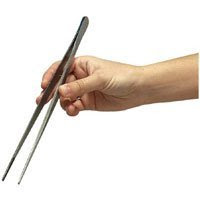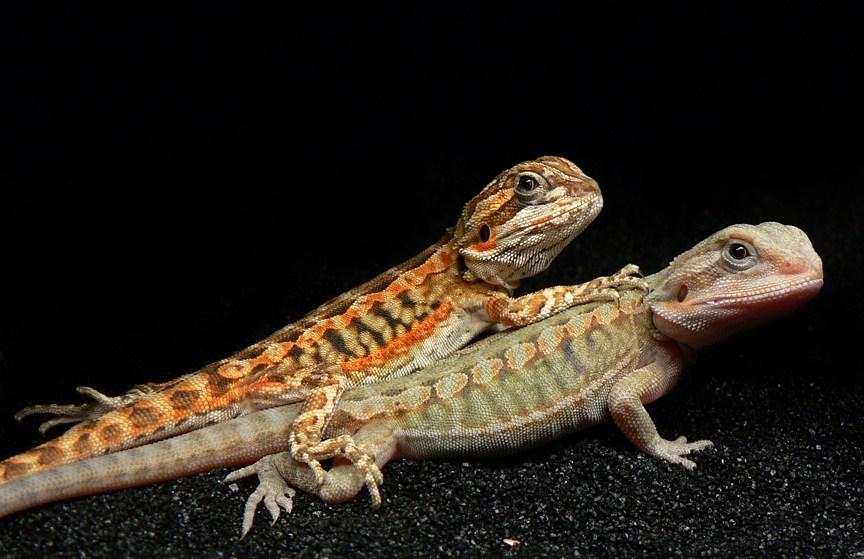Leatherback Bearded Dragon Care: A Beginner's Guide to Keeping Your Pet Healthy and Happy
Introduction
Are you a new owner of a leatherback bearded dragon or considering adding one to your pet collection? These reptiles can make great pets for anyone interested in caring for a unique and interesting creature. However, it’s important to know how to care for them properly. This guide will provide you with all the information you need to keep your leatherback bearded dragon happy and healthy.
Habitat Setup
The first step in caring for a leatherback bearded dragon is to create an adequate habitat. These reptiles require a spacious environment with proper lighting, heating, and humidity levels. They also need a basking spot to regulate their body heat, a hiding spot to feel secure, and plenty of substrate to dig and burrow in.
Lighting and Heating
Leatherback bearded dragons need a full-spectrum UVB bulb to simulate natural sunlight, which is essential for their health and well-being. They also require a basking light to create a temperature gradient in their habitat, with a basking spot that reaches around 100-110°F and a cooler side around 80-85°F. A heat lamp or ceramic heat emitter can be used at night to maintain a comfortable temperature.

Humidity and Water
Leatherback bearded dragons require a moderate to high humidity level (around 40-60%) to help with shedding and hydration. A humid hide can be provided with damp substrate for them to use, and a water bowl should be available at all times for drinking and soaking.
Diet and Feeding
Leatherback bearded dragons are omnivores, meaning they eat both plant and animal matter. Their diet should consist of a variety of insects, such as crickets, mealworms, and roaches, as well as leafy greens and vegetables, such as kale, collard greens, and squash. It’s important to feed them a properly balanced diet with calcium and vitamin supplements to prevent health issues like metabolic bone disease.

Handling and Socialization
Leatherback bearded dragons can become accustomed to human interaction and handling, but it’s important to do so slowly and safely. They should always be approached from the front and handled gently to prevent stress or injury. With consistent and positive interactions, bearded dragons can become comfortable with their owners and develop a bond.

Common Health Problems
Leatherback bearded dragons can experience a range of health issues, such as parasites, respiratory infections, and digestive problems. Regular veterinary check-ups and proper care can prevent many of these problems. It’s important to monitor your pet for signs of illness, such as lethargy, loss of appetite, or abnormal behavior.
Conclusion
Caring for a leatherback bearded dragon can be a unique and rewarding experience. With the right habitat setup, diet, and handling, you can ensure that your pet thrives and remains healthy. If you’re considering adding a bearded dragon to your pet collection, this beginner’s guide is a great place to start!
